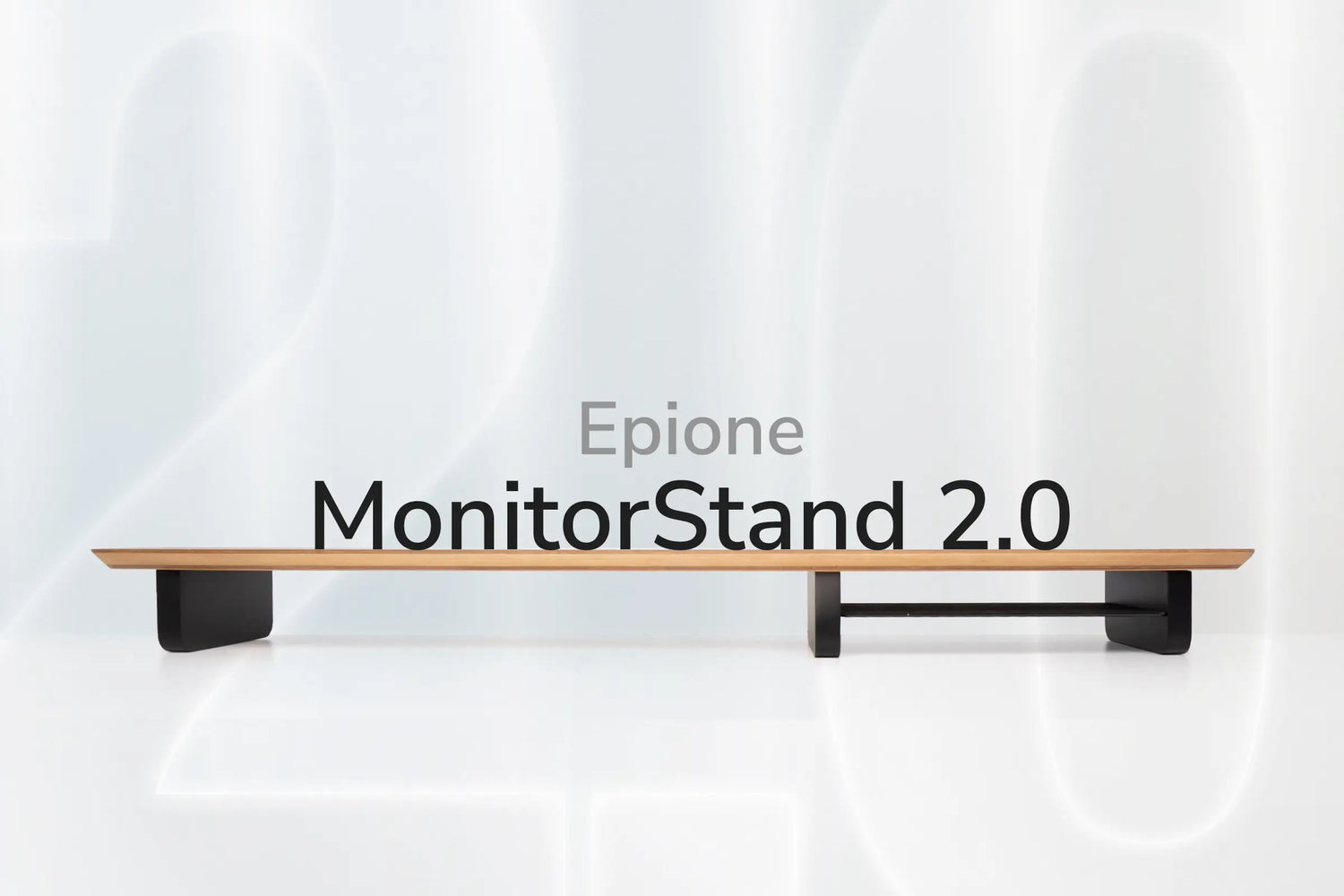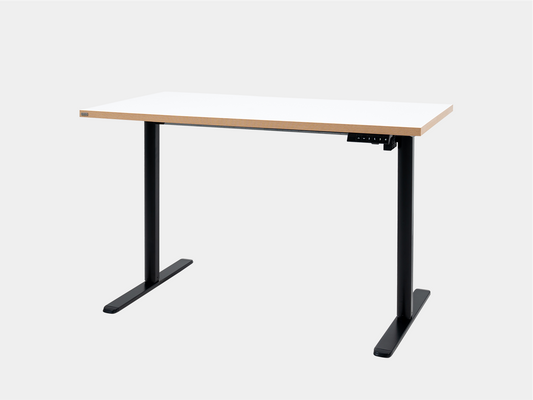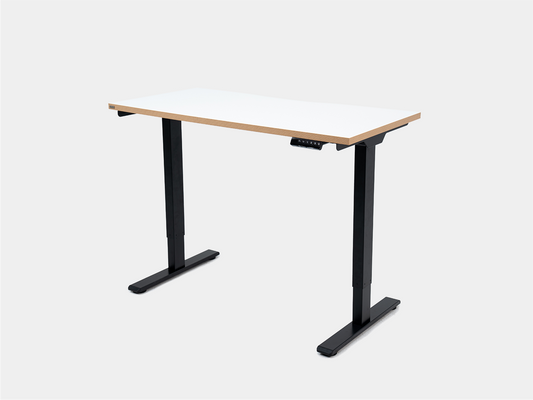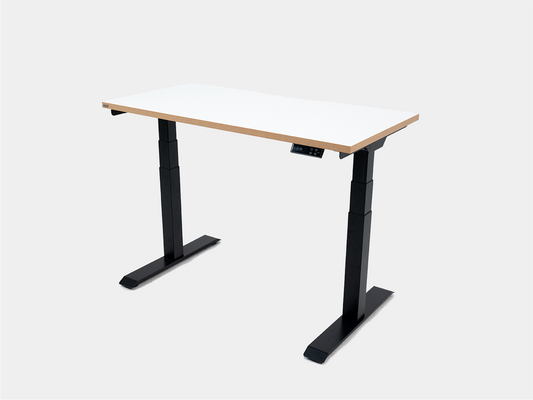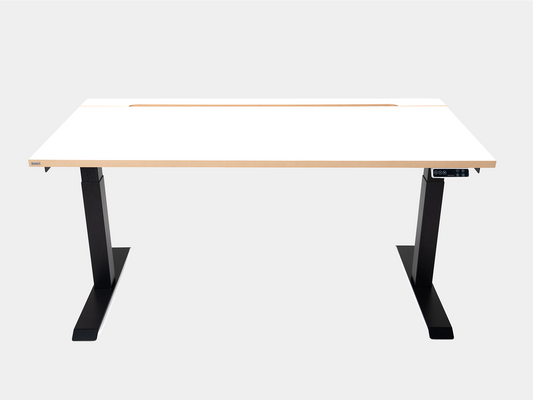In an era where productivity is considered the key to success, integrating useful and effective features into ergonomic chairs has become an undeniable trend. Let's explore with Epione what those indispensable features are!

What is an ergonomic chair?
Before we get into the essential features of an ergonomic chair, we need to know some basic information about it. What is an ergonomic chair, who should own one, and how is it different from a regular office chair?
An ergonomic chair is a chair designed to support the human body in the best possible way. Its design is supported by ergonomics, with the ability to adjust to the user's size, thereby optimizing health and productivity while working and studying.
By now you can probably guess who this chair is for. Thanks to its flexible design, it is ideal for most students, office workers, freelancers, people who spend long hours sitting at their desks, or simply people who are health conscious.
Ergonomic chairs can replace regular office chairs, but the reverse is not necessarily true. The differences between them lie in the high level of customization options, price point, and the comfort you get.
In the next section, you will see the outstanding benefits that ergonomic chairs bring. Let's continue!
Why should everyone own an ergonomic chair?
The average student or working person spends 8 hours a day at work. Sitting in an incorrect posture or in a chair that lacks ergonomic support puts a lot of stress and strain on the body. Over time, it increases the risk of musculoskeletal conditions (such as MSDs, cervical spondylosis), heart disease, diabetes, and deep vein thrombosis (DVT).
So what problems do ergonomic chairs help solve in this difficult problem?
-
Correct Posture Support: Ergonomic chair design is designed to support correct sitting posture. You don't have to remind yourself to sit up straight like you would with a regular chair. It includes a variety of customization options, helping your body stay in the most correct sitting position.
Ergonomic chair supports correct posture.

- Reduced joint pain: Joint-related pain such as lower back pain, neck and shoulder pain, and hip pressure will all be significantly reduced when using an ergonomic chair.
- Flexible adjustment: The seat, armrests and backrest are all adjustable to ensure that your neck, shoulders, elbows, waist and knees are all at right angles. This unique feature makes the ergonomic chair an ideal chair for efficient study and work as well as a “national” chair suitable for a variety of body shapes.
- Increase positive emotions: Spending a lot of time sitting at work is certainly not pleasant. Unnecessary pain can lead to excessive anxiety, causing negative emotions and affecting your personal life. So is a chair that helps you avoid negative emotions worth bringing home?
-
Increased productivity: A study by the Washington State Department of Labor and Industries also found that employees who switched to ergonomic chairs saw significant improvements in absenteeism, error rates, and timeliness of work. With the comfort that an ergonomic chair provides, you will be less stressed and more focused to complete your work quickly, thereby increasing your productivity many times over.
Ergonomic chairs help increase productivity.

- Safe and cost-effective: Ergonomic chairs are thoroughly tested in laboratories and certified to ensure maximum safety for users. Furthermore, they are originally designed to be durable and can be used for many years, saving you money in the long run.
Important features to look for in an ergonomic chair
Why are the features I am about to mention important? What impact do they have on our bodies? Let's find out right away!
1. Flexible height adjustment
Most office chairs have the ability to adjust the height flexibly to suit different body types. Another reason is that most desks are fixed, so flexible adjustment of chair height is very necessary.
The correct chair height is measured by the length of your tibia (shin bone). In a correct sitting position, your hips and knees should form a 90° angle with the floor. Your arms should be bent at a 90° angle, at the elbows. Your feet should be flat on the floor and the chair should not touch the tabletop.
2. Change width and depth

Ability to change width and depth.
Width and depth adjustment is also an important aspect of ergonomic chairs. You should keep the back of your knees about 2-4 inches from the front of the chair for optimal thigh support, preventing pressure on your knees and distributing your weight well between your buttocks and thighs. Note that long thighs will require more seat depth and short thighs will require less seat depth.
3. Customize reclining mode
You need adjustable tilt to accommodate a variety of tasks during your workday. Lean forward to type or write. Lean back to read, relax, or talk on the phone.
Changing positions regularly is important to reduce stress on different muscle groups. It also makes the process more interesting, as you don’t have to stay in the same position for long periods of time.
4. Comfortable experience on armrests and headrests
The headrest hugs the curve of the neck, supporting the nape of the neck, reducing stress on the shoulders and upper body of the sitter.
In ergonomic chairs, the armrests can be flexibly adjusted for height, width, and swivel. Better chairs are equipped with soft armrests that are comfortable throughout the workday.
Furthermore, it ensures that the arms receive the necessary support to maintain a comfortable posture, reducing strain on the shoulders, neck and wrists. Pressure on the back and hips is also significantly reduced when sitting in an upright position with relaxed shoulders.
5. “X2 productivity” with ergonomic backrest

Epione FortisChair backrest.
Ergonomic backrests deserve the title of savior for “unstable spines”. They help prevent slouching, reduce stress on the spine and pelvis, and minimize muscle tension and fatigue over time.
The backrest is usually designed low, somewhere around the L4/L5 vertebrae. It also allows you to vary the level of resistance and adjust the shape of the lumbar support to match the “S” curve of the spine.
6. Flexible rotation with sturdy wheels
When working, you will sometimes move your chair to sit closer to a colleague, reach for something or pull up a chair for an impromptu meeting. A sturdy wheel is therefore very useful, providing you with convenience throughout the working process.
A tip for you to easily choose wheels is that soft rubber wheels are suitable for hard surfaces. In case of carpeted floors, hard wheels will help you navigate better.
A good ergonomic chair offers a lot of benefits and must be equipped with important features to meet the diverse needs of users. And if you are eager to own such a chair at a reasonable price, then Epione is one of the great options for you.
Learn more about Epione's other ergonomic content right here .
